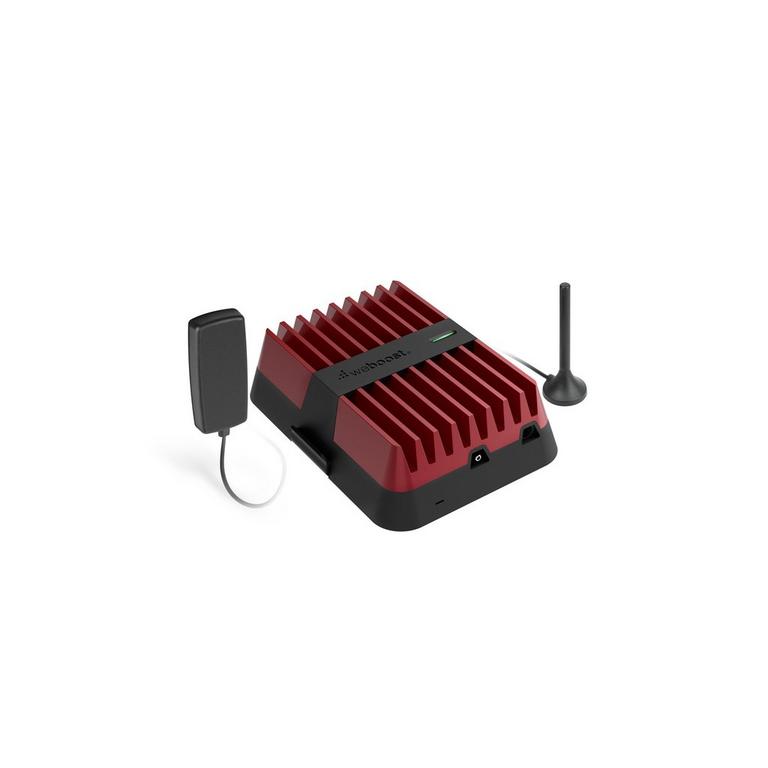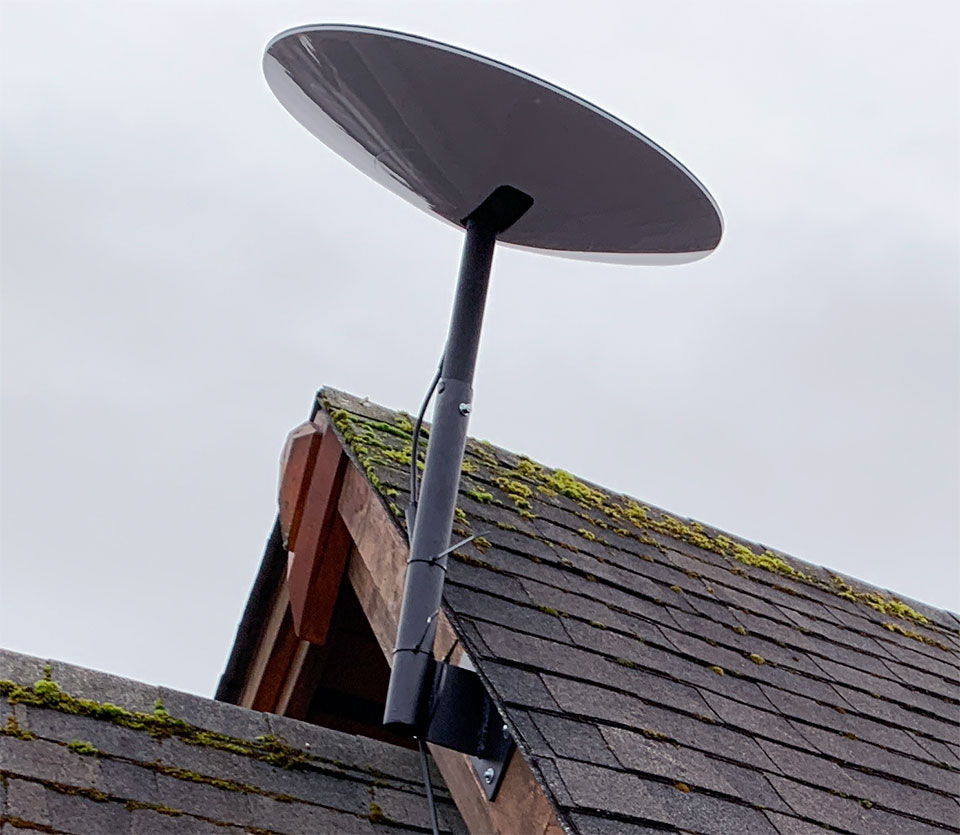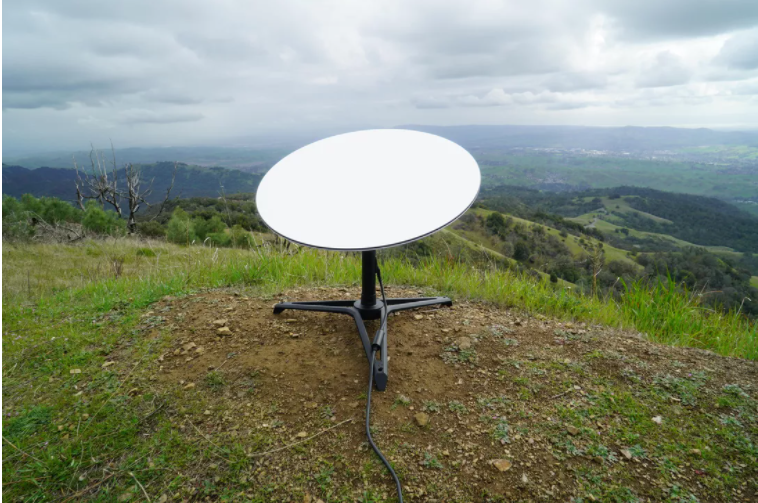
Basics of cellular towers and data connections
The main technology in use in cellular towers today is a 4G LTE connection and most of the 5G technology works off the same technology and channels that work with 4G LTE.
In simple terms the modem in your phone, tablet or router makes a connection to these towers and provides data transmission. As this technology has evolved a standard was created to set a standard of the speeds, bands and technology. Based on which standards these modems use they are assigned a Category. So a 4G LTE Cat1 modem today is quite slow and outdated by current standards and may be missing channels your provider uses. It’s max download speed is only 10Mbps. As i’m writing this the current best standard is Cat20 which can reach theoretical speeds of 2000Mbps. Of course these are the max theoretical speed and it is rare you see anywhere close to the max rated speed. This is important to keep in mind when choosing a device, you might think well i'm fine with 50Mbps so Cat4 would be acceptable. The rated speed is under lab conditions. Speeds and under normal conditions will likely be 10% of the rated number.
How they are able to obtain such fast speeds is building off of the original technology by combining more than 1 channel up and down simultaneously or MIMO (Multiple Input Multiple Output) This is enhanced with Carrier Aggregation combining multiple different channels in and out simultaneously. Modern modems are capable of moving massive amounts of data over 5+ combined channels at once with these methods.

Why a booster isn’t always the answer
Many people when they think about getting the best data speeds in a vehicle or remote location is that they need a booster. These boosters can be very expensive and have some major downsides people are unaware of. When a booster is active it cancels out any carrier aggregation and multiple channels that would occur dramatically cutting data speeds. A booster still may have a place in your mobile setup but should be reserved for use only when you have an extremely poor connection or no connection at all. If you have a mobile router setup or a device you can plug antennas into a roof mounted or external antenna may be the best solution and a better investment than a booster. When you use better antennas you are not limiting the amount of channels you connect on and will get the best data speeds possible. There is a really good YouTube video from The Mobile Resource Center that explains this well.

What about plans and unlimited data?
Of course to use any cellular connection you need to pay for a plan and have a device usually purchased from your mobile provider such as AT&T, Verizon or T-Mobile or one of the prepaid carriers that use their networks. All of the mentioned providers have a some good plan offerings with unlimited data but none of them offer anything that is really suitable for use in an van, trailer or RV part or full time. Some carriers offer a small amount of data to use via your phones hotspot function but phones aren’t designed to be a hotspot 24/7 and the amount of data they offer really can’t support it either. You can get a mobile hotspot device from your carrier but no carrier offers unlimited data with these devices and the higher amounts of data allocations can be $120 per month or more. These devices aren’t usually intended to be used 24/7 either.
It is unfortunate you can’t simply walk into a carrier and purchase a suitable plan but it makes sense why you can’t. If there were affordable easy to obtain plans more people may be tempted to use them instead of wired home internet which would overburden cellular towers. This is why we created devices to fit this need and provide assistance in getting a plan setup that lets you have unlimited internet in your mobile or off-grid living situation so you can be connected without compromise so you can feel more like you are using a wired home internet situation instead of a cobbled together solution or hotspot on your phone.


What about Starlink and satellite Internet?
We often see this mentioned in regards to mobile internet solutions in a van or RV. People will say "just wait for Starlink, I hear it will be mobile.” Currently a standard Starlink dish is almost 2 feet across, has huge amounts of cable and big power requirements of 110w+ (for reference our mobile router consumes under 10w). If pulling out and stowing the dish each time you stop while traveling you will more than likely have issues with the cabling as the connectors are fragile. I have seen cable damage and connectors corroding on the dish side or pulling out of the board entirely rendering the dish useless. The cost is $599 up front and $130/mo. The in-motion dish is twice the size which takes up a lot of roof real estate on your rig and the cost is $2500! You'll need to figure out a mounting solution and usually install is best left to a professional. I still think this is the way to go if you want in-motion Starlink service as it's designed for the use. You can hack a standard dish to remain flat and couple it with a non-starlink router but one update could make this type of setup useless if they so choose.
Starlink is revolutionary in terms of internet for off-grid remote living situations where you can’t get wired internet and is probably a better long term solution. However it still has some issues with frequent micro-disconnects where you’ll drop and re-establish a connection which could interrupt what you are doing online so having a cellular connection as backup or in addition to might be advisable still.
Another consideration is a clear view of the sky, if where you travel and park doesn't have a clear view of the sky and is obscured by trees or buildings Starlink service will be sporadic or not work. If you travel to remote locations where there are no cellular towers nearby Starlink is the choice for you. Most people will travel a mix of places, and places with obstructions and trees so a combining Starlink & a router with cellular internet is the ultimate setup. Starlink's customer service is really awful at the time of writing this as well. If you have issues and need assistance expect to wait weeks after submitting a request ticket. One more reason a backup is a good idea!
Any other satellite provider I would say avoid at all costs like HughesNet etc.. They have made some improvements but for the most part they are expensive, have horrible data caps and extreme latency.